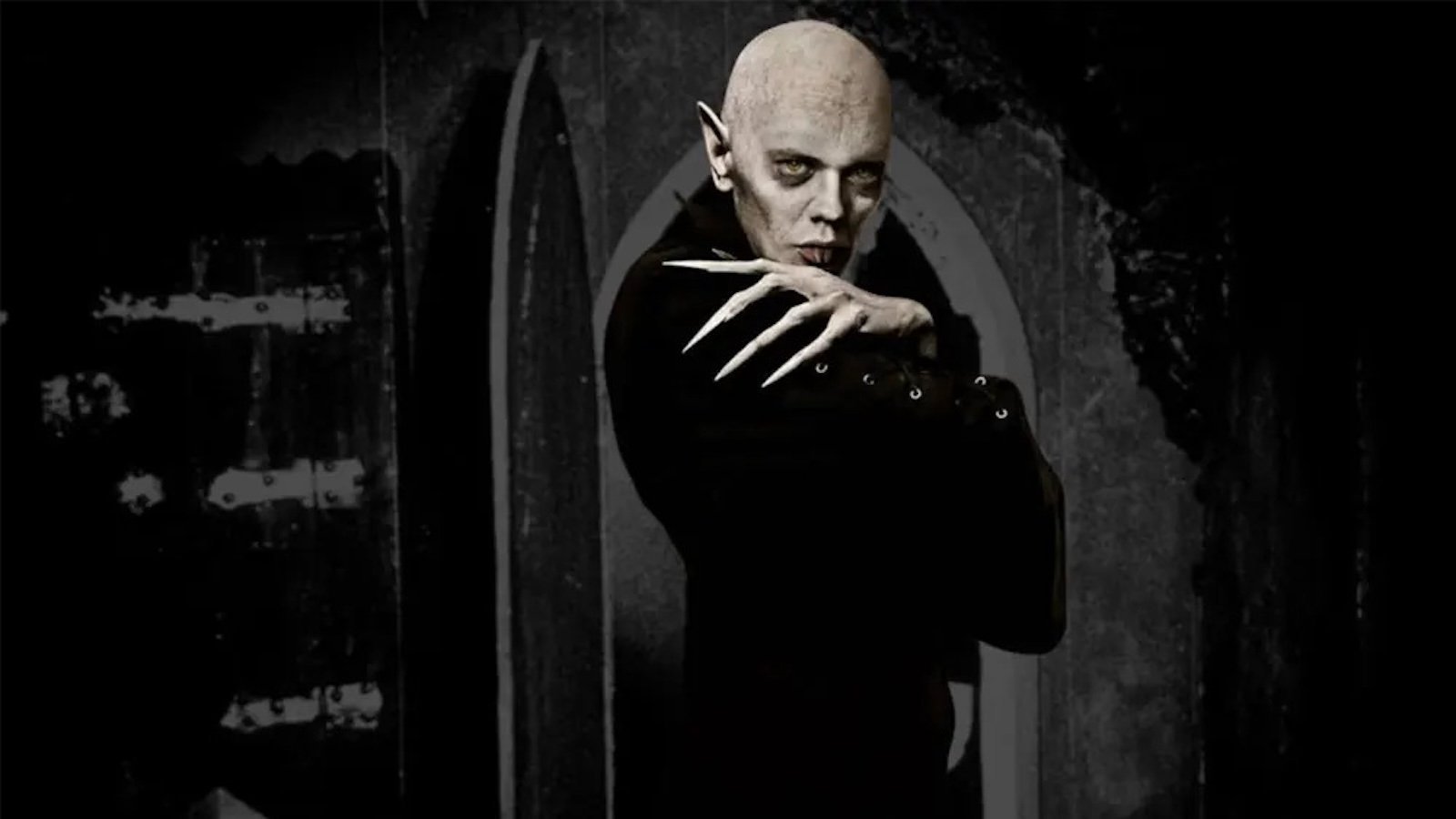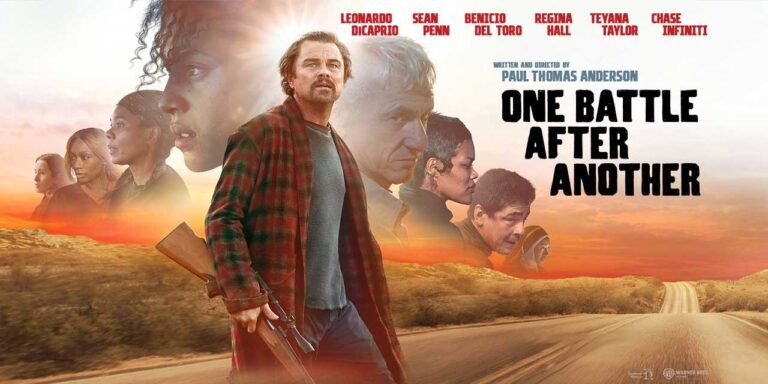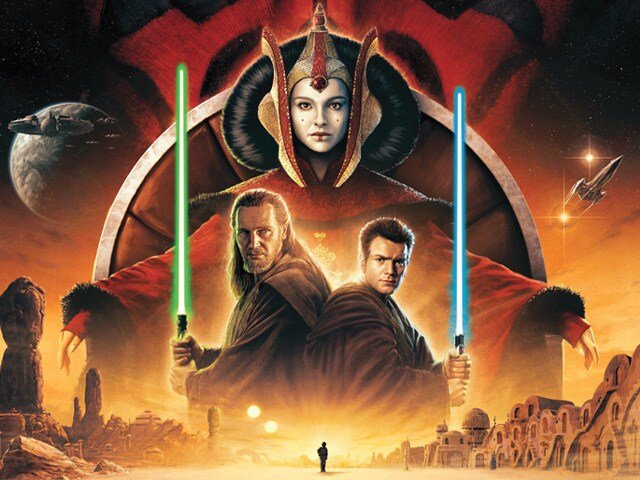
In the ever-evolving landscape of cinema, few directors have captured the imagination of audiences and critics alike as powerfully as Robert Eggers. With his meticulous attention to historical detail, atmospheric storytelling, and a penchant for exploring the darker corners of the human psyche, Eggers has established himself as a true visionary in the world of filmmaking. His latest project, a reimagining of the classic vampire tale “Nosferatu,” is no exception, as it promises to delve deeper into the mythos and symbolism that have captivated audiences for decades.
Embracing the Expressionist Legacy
Nosferatu, the 1922 silent film directed by F.W. Murnau, is widely regarded as a seminal work of German Expressionism, a cinematic movement that sought to convey the inner turmoil and psychological states of its characters through the use of stylized sets, lighting, and camera techniques. Eggers, a self-proclaimed admirer of Murnau’s original, has acknowledged the profound influence of this iconic film on his own vision for the 2024 adaptation.
In his video commentary, the director delves into the intricate web of connections and inspirations that have shaped his approach to Nosferatu. He recognizes the importance of Bram Stoker’s Dracula, citing it as a crucial source of inspiration, while also paying homage to the 1979 film Nosferatu the Vampyre, directed by Werner Herzog. Eggers’ ambition is to create a bold and ambitious reimagining of the vampire mythos, one that not only pays tribute to its predecessors but also forges its own distinct identity.
Exploring the Themes of Desire and Repulsion
At the heart of Eggers’ Nosferatu lies a profound exploration of the themes of desire and repulsion. The director’s commentary highlights his intention to delve into the repressed desires and constant sense of revulsion that permeate the narrative, creating a deeply unsettling and psychologically complex viewing experience.
The character of Count Orlok, portrayed by the captivating Bill Skarsgård, is the embodiment of this duality. Eggers’ Orlok is not merely a bloodthirsty monster, but a figure driven by a primal, almost animalistic desire that both fascinates and repulses the other characters. This dynamic is particularly evident in the relationship between Orlok and the character of Helen, played by Lily-Rose Depp, whose own psychological connection to the vampire becomes a central focus of the film.
Eggers’ approach to these themes is not merely superficial; he aims to weave them into the very fabric of the narrative, creating a tapestry of symbolism and psychological depth that challenges the audience’s preconceptions about the vampire genre. The director’s commitment to exploring the darker aspects of human nature, the fine line between desire and revulsion, and the ways in which these forces shape the characters’ experiences, promises to elevate Nosferatu beyond a simple horror remake.
Reinventing the Vampire Mythos
One of the most intriguing aspects of Eggers’ Nosferatu is his willingness to reimagine and reinterpret the established vampire mythos. While the film draws heavily on the iconic imagery and narrative elements of the original 1922 film, as well as Bram Stoker’s Dracula, the director is not content to simply retread familiar ground.
In his commentary, Eggers highlights the ways in which he has introduced new connections and relationships between the characters, as well as incorporated elements of local folklore and mythology from the Transylvanian region. This attention to detail and cultural specificity not only adds depth and authenticity to the film’s setting but also suggests that Eggers is actively seeking to expand and redefine the vampire genre.
The inclusion of the Dacian language, a now-extinct tongue, is a prime example of Eggers’ commitment to creating a truly immersive and unsettling cinematic experience. By working with academics and experts on the subject, the director has imbued the Count Orlok’s speech and presence with a sense of otherworldly, almost primal terror that transcends the traditional vampire tropes.
Furthermore, Eggers’ exploration of the relationship between the characters of Thomas Hutter, played by Nicholas Hoult, and Helen, represents a significant departure from the established Dracula/Nosferatu narratives. By shifting the focus towards the psychological and emotional connections between these characters, the director promises to offer a fresh perspective on the vampire mythos, one that delves deeper into the human experience and the ways in which these supernatural forces can shape and transform it.
Crafting a Visually Stunning Cinematic Experience
Eggers’ reputation as a master of visual storytelling is well-deserved, and his approach to Nosferatu is no exception. The director’s commentary highlights the crucial role that cinematography, production design, and costume play in creating the film’s distinctive atmosphere and aesthetic.
The work of cinematographer Jarin Blaschke, a frequent collaborator of Eggers, is particularly noteworthy. Blaschke’s use of shadows, lighting, and camera movement evokes the expressionist style of the original Nosferatu, while also infusing the film with a sense of modern, unsettling tension. The director’s focus on framing characters in the center of the frame, often against a backdrop of oppressive, dark environments, heightens the sense of unease and psychological discomfort that permeates the narrative.
The production design, led by the talented team behind Eggers’ previous films, is equally impressive. The stark contrast between the claustrophobic, labyrinthine streets of the town and the imposing, almost prison-like castle of Count Orlok serves to reinforce the film’s themes of confinement, isolation, and the struggle for freedom. The attention to detail in the costumes and set pieces further enhances the sense of historical authenticity, while also subtly subverting audience expectations.
Eggers’ commitment to creating a visually striking and immersive cinematic experience is not merely a stylistic choice; it is a fundamental aspect of his storytelling approach. By crafting a world that is both familiar and unsettling, the director invites the audience to become active participants in the unfolding narrative, heightening the emotional and psychological impact of the film.
Embracing the Iconic and Forging New Paths
As Eggers’ Nosferatu prepares to make its debut, the anticipation among fans and critics alike is palpable. The director’s reputation for delivering thought-provoking, visually stunning, and emotionally resonant films has only heightened the excitement surrounding this latest project.
In his video commentary, Eggers acknowledges the challenges of revisiting a story and characters that have been so deeply ingrained in the cultural consciousness. However, his approach suggests a willingness to embrace the iconic elements of the Nosferatu mythos while also forging new paths that expand and redefine the vampire genre.
By delving into the themes of desire and repulsion, reinventing the relationships between the characters, and crafting a visually stunning cinematic experience, Eggers promises to deliver a Nosferatu that is both a reverent homage to its predecessors and a bold, innovative exploration of the vampire mythos. As audiences eagerly await the film’s release, the director’s commitment to pushing the boundaries of the genre and challenging the audience’s preconceptions is sure to captivate and intrigue.
A Sublime Obsession with the Vampire Mythos
Robert Eggers’ Nosferatu promises to be a captivating and thought-provoking addition to the vampire genre, one that not only pays homage to the iconic films that have come before it but also dares to push the boundaries of what is possible within the medium. By embracing the legacy of German Expressionism, delving into the themes of desire and repulsion, and reinventing the vampire mythos, Eggers has crafted a cinematic experience that is sure to leave a lasting impression on audiences.
As the director’s video commentary has revealed, Nosferatu is a project that has been fueled by Eggers’ own deep fascination and reverence for the vampire genre, as well as his commitment to creating a visually stunning and psychologically complex work of art. With the film’s release on the horizon, fans and critics alike eagerly await the opportunity to witness Eggers’ sublime obsession with the iconic vampire come to life on the big screen.



